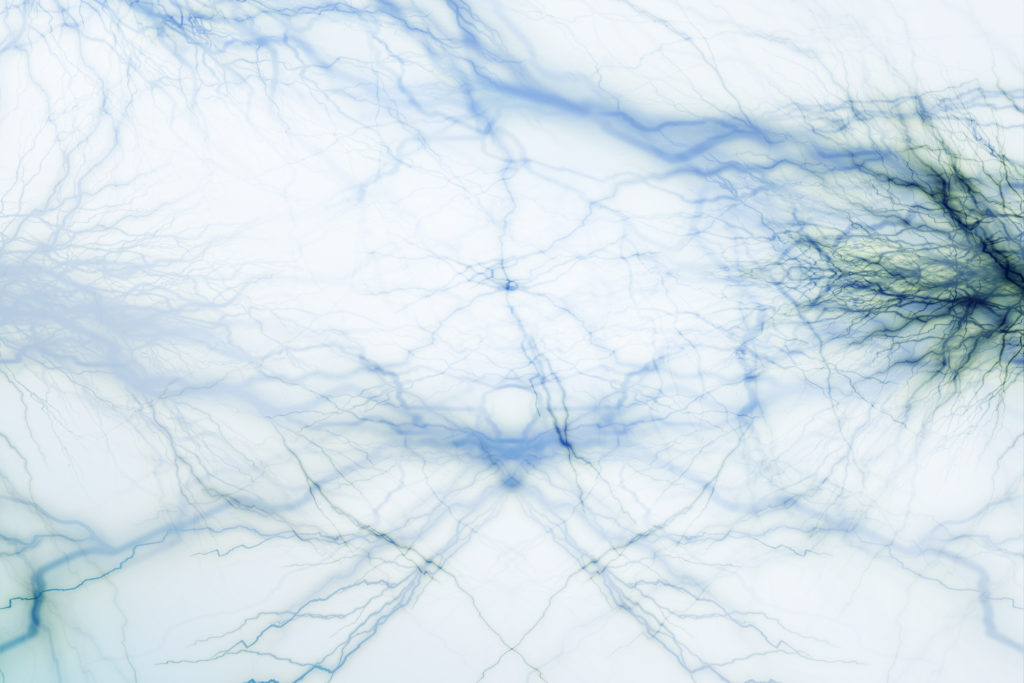Researchers conducted a study to show how epithelial-to-mesenchymal transitions (EMT) can promote tumor growth and neovascularization.

The Trending with Impact series highlights Oncotarget publications attracting higher visibility among readers around the world online, in the news, and on social media—beyond normal readership levels. Look for future science news about the latest trending publications here, and at Oncotarget.com.
—
When it comes to the mechanisms of tumor growth, the differences between epithelial and mesenchymal cell types When it comes to the mechanisms of tumor growth, the differences between epithelial and mesenchymal cell types are important to note. Normal epithelial cells are uniform, stationary and structured to bind together—forming a type of lining (such as the outer layer of the skin) on/in organs, some cavities and blood vessels throughout the body. Normal mesenchymal cells are differentiated into a variety of mature cell types, including connective tissue, cartilage, lymphatic tissue, bone tissues, and etc. Remarkably, these cells are capable of swapping phenotypes (given proper stimulation) and making epithelial-to-mesenchymal (and mesenchymal-to-epithelial) transitions (EMT).
Epithelial-to-Mesenchymal Transition (EMT)
After the process of EMT, the former epithelial cells lose their cell-to-cell capacity and are endowed with migratory and invasive mesenchymal traits—with the potential to differentiate into a variety of cell lines. This process not only occurs in normal cells, but also in cancer cells. EMT enables cancer cells to transition into fluid mesenchymal traits and out of ridged and vulnerable epithelial phenotypes. Researchers believe that oxygen deprivation (hypoxia) at the core of solid tumors contributes to stimulating the formation of new vascular networks (neoangiogenesis), which induces the process of EMT to turn cancer cells stem-like.
“Hypoxia stimulates neoangiogenesis, promoting tumor outgrowth, and triggers the epithelial-mesenchymal transition (EMT), which bestows cells with mesenchymal traits and multi-lineage differentiation potential.”
However, researchers have not yet established a direct connection between the induction of EMT and the onset of neoangiogenesis in vivo. From The University of Texas MD Anderson Cancer Center, Texas A&M University, and Hamamatsu University School of Medicine, researchers conducted a study to determine whether cells undergoing EMT in a hypoxic environment “can acquire endothelial cell attributes and augment tumor growth by directly contributing to the tumor vasculature.” The proliferation of endothelial cells forms new blood vessels. Signals from endothelial cells can organize the growth and development of new endothelial cells. In April of 2021, the team published a research paper with Oncotarget on the significance of their study results, entitled, “Carcinoma cells that have undergone an epithelial-mesenchymal transition differentiate into endothelial cells and contribute to tumor growth.”
The Study
In vitro and in vivo experiments were conducted using multiple cell lines, including triple-negative breast cancer cells, murine tumor models and controls. In vitro, cells were cultured in an endothelial cell growth medium under hypoxic conditions in an effort to observe the cells adopting endothelial-like properties through the process of EMT. In vivo, murine models were injected with red fluorescent protein (RFP)/luciferase-labeled MCF-7 cells, and tumors of different sizes were generated.
Researchers examined primary tumor formation and markers of epithelial and mesenchymal phenotypes, EMT and hypoxia, such as forkhead box C2 (FOXC2) and platelet endothelial cell adhesion molecule (CD31). The transcription factor FOXC2 is a key downstream effector of several converging EMT pathways and has been linked to angiogenesis in normal tissue and in tumors. In sum, the researchers in this study found that EMT can promote tumor growth and neovascularization indirectly and directly: indirectly by promoting endothelial transdifferentiation of cancer cells via signaling in the tumor environment, and directly by acquiring an endothelial-like phenotype. FOXC2 was demonstrated to play a key role in these processes.
“Our findings link the stemness, conferred through EMT, to the acquisition of endothelial cell traits and the augmentation of tumor angiogenesis in a FOXC2-dependent manner.”
Conclusion
“The mechanisms underpinning new vessel formation, in our tumor models, involve phenotypic conversion of cells that have undergone EMT into CD31-positive cells.”
For the first time, the researchers have shown direct evidence that hypoxia at the core of growing tumors induces cancer cells into EMT and that those EMT cells can transdifferentiate directly into endothelial cells and signal to other cancer cells to shift toward an endothelial-like lineage. The researchers believe that this is the process that births neoangiogenesis and also demonstrates that tumors do not need to recruit “normal” endothelial cells to help forge new blood vessels and grow tumors. Tumors can independently generate their own endothelial cells.
“Most importantly, these data collectively suggest that the presence of cells that have undergone EMT in the tumor milieu can promote carcinoma cell transdifferentiation towards an endothelial-like lineage presumably via paracrine signaling or changes in extracellular matrix deposition.”
Click here to read the full research paper, published by Oncotarget.
YOU MAY ALSO LIKE: Oncotarget Videos on LabTube
—
Oncotarget is a unique platform designed to house scientific studies in a journal format that is available for anyone to read—without a paywall making access more difficult. This means information that has the potential to benefit our societies from the inside out can be shared with friends, neighbors, colleagues, and other researchers, far and wide.
For media inquiries, please contact media@impactjournals.com.



